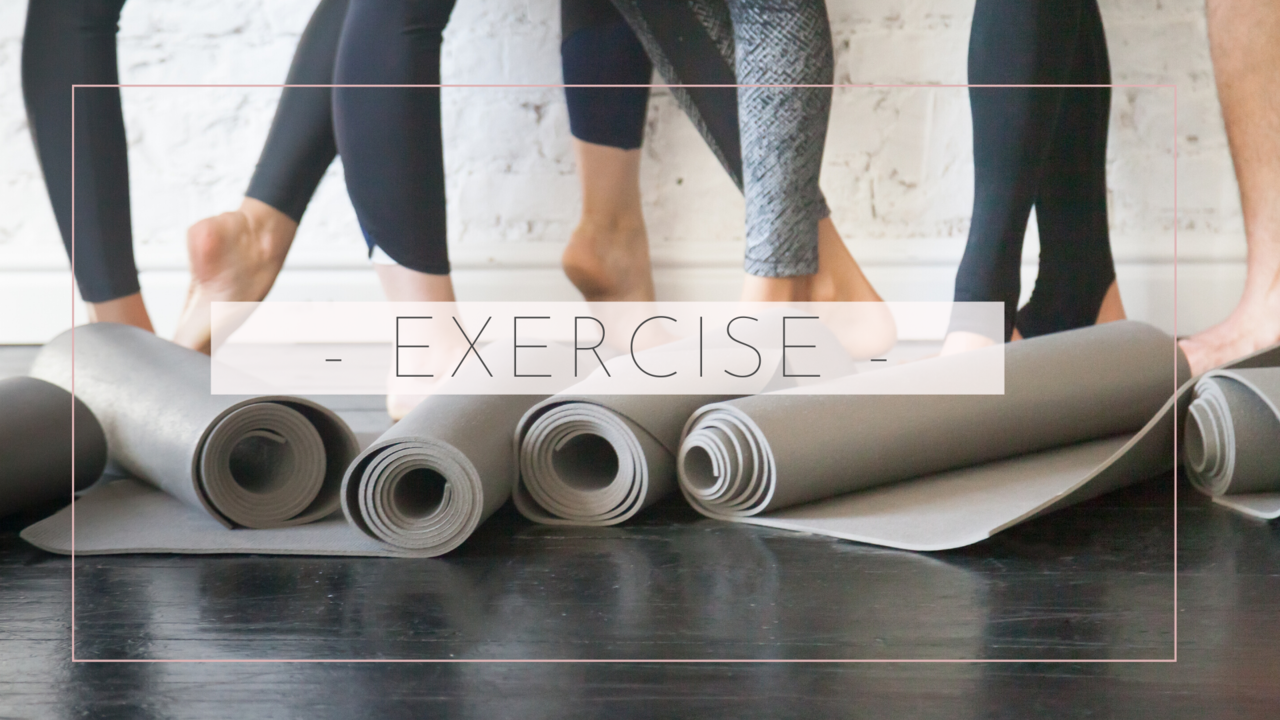Working on fitness post birth? Most women need this instead.

"I need to get fit now that I've had a baby!"
I get it. I hear it. It's a broad term in our culture promised as a cure all.
But.....what women need most after birth (and beyond) - more than fitness - is actually stability.
Stability through the joints, given by symmetry through the muscles around each joint, alongside beautiful, coherent co-ordination - given by the nervous system.
Fitness is largely about improving the cardiovascular system. This is important for all humans - but it doesn't take care of the 9 months of relaxin and other hormones loosening and opening our joints, the stretching of our abdominal muscles, and the heaviness of our pelvic floor muscles.
The Postpartum Method is largely based on what's called neuromuscular stabilisation.
This is where the nervous system signals the right muscles, in the right order - during any given movement - to hold the body in an optimal position.
In order for us to be strong, energised (completely pain free) – joints need to live in their correct resting place.
Each joint (including the spine) is essentially held in this beautiful, serene place known as ‘optimal position’ by all the muscles that attach to it.
Neuromuscular stabilisation (NMS) is part of achieving this equilibrium.
The muscles, joints and nervous system all need to work together to re-create this balance post birth. During pregnancy the joints loosen off, the pelvis widens, and the abdominal muscles lengthen to prepare for birth.
The side effects of all of these changes include pelvic girdle pain, back pain, diastasis recti, incontinence and pelvic organ prolapse.
Biomechanically, each condition has similar effects - some muscles get super tight, overactive, and dominant around a joint - trying to stabilise the area. They can develop trigger points, hypertonicity (being overworked), and cause a lot of pain and tension in the body.
Instead of focussing only on releasing these areas (which can feel amazing and I still recommend it in conjunction), NMS looks at why these muscles are holding on so tight.
And usually, it's because the other muscles in that area, are not working very well at all. They have become weak, and are essentially at rest when they need to be working.
There are dozens of ways this occurs in the body. Some common ones I see every day in women are:
-A tight piriformis muscle creating pain, sciatic symptoms and sacroiliac joint dysfunction - overworking because the gluteal muscles aren't supporting the pelvis fully
-A hypertonic pelvic floor creating urgency for the toilet, discomfort during sex, diastasis recti, and even incontinence - overworking because the large transverse abdominis hasn't been re-connected post birth to lift everything in the core upwards and inwards.
- A sore and tired lower back where the lumbar erector muscles are overworked, creating lower back pain, sacroiliac joint dysfunction, and an inability to lean forward for long periods or lie on your belly - making up for the deep spinal muscles (like the multifidius) not working with the abdominals correctly.
NMS training is exercise that essentially relaxes the tension in the body because it’s re-sequenced the muscles that weren't doing their job - so that the joint puts itself back into it’s optimal position.
That’s different to getting an adjustment or a release through a stretch or foam roller. The amazing therapist works their magic to get your joint back into the right place and what do you feel? Relief.
Often though, when something external has put the body back into it’s optimal position, if the muscles attached to that joint don’t know how to stay there, they just slowly drift back to where they are used to being, and then we feel tight again a few days later.
When the weaker muscles finally step up and do their bit to hold the body in place correctly – the tight ones let go.
And that’s when we experience pain relief. That’s when we stop feeling tight and tense. That’s when we let go of the fluid retention that’s been serving as a protection mechanism (truly).
Movement frees up, and THEN it's so much easier to get stronger.
My favourite benefit (there’s actually a ton) is the unbelievable increase in energy I’ve seen women get from doing this work.
Pain takes energy. Tension takes energy. A body desperately holding multiple joints in place for fear of hurting itself takes energy. Eliminate the pain – and suddenly you have extra energy.
And then we feel like a scooter ride or a swing with the little ones, a walk in the fresh air, or a dance around the house – not because we should – because we actually want to.
To me that’s pure magic.
___________________________________
Kristy Ahale is an Exercise Scientist who has worked in the field of back pain, hypermobility and joint dysfunction for over 15 years.
Kristy created The Postpartum Method as a way to educate women about how their bodies work in an area that can be confusing and full of conflicting advice.
Her Core and Pelvic Floor Programs provide a structured, easy-to-follow path to full recovery and strength.


